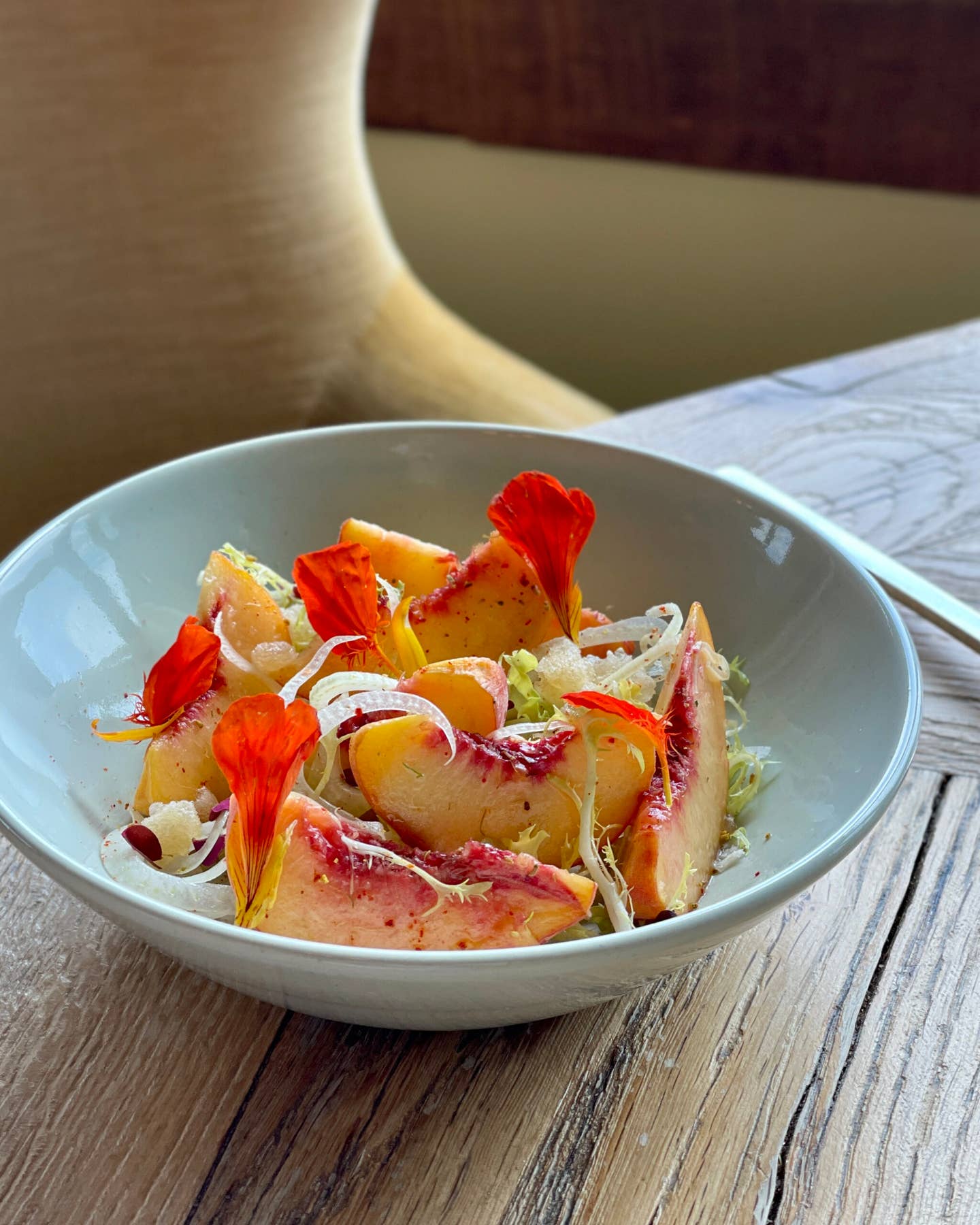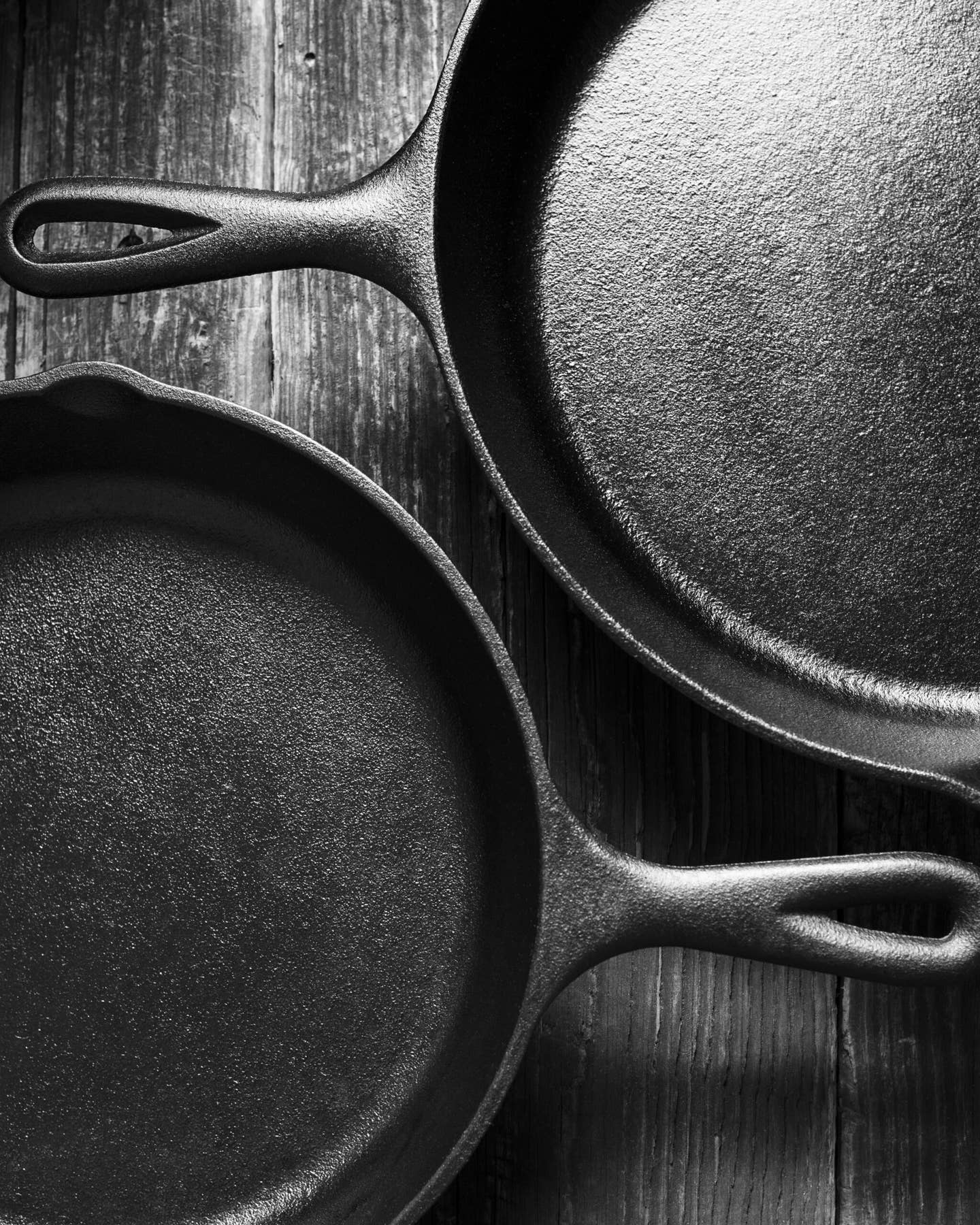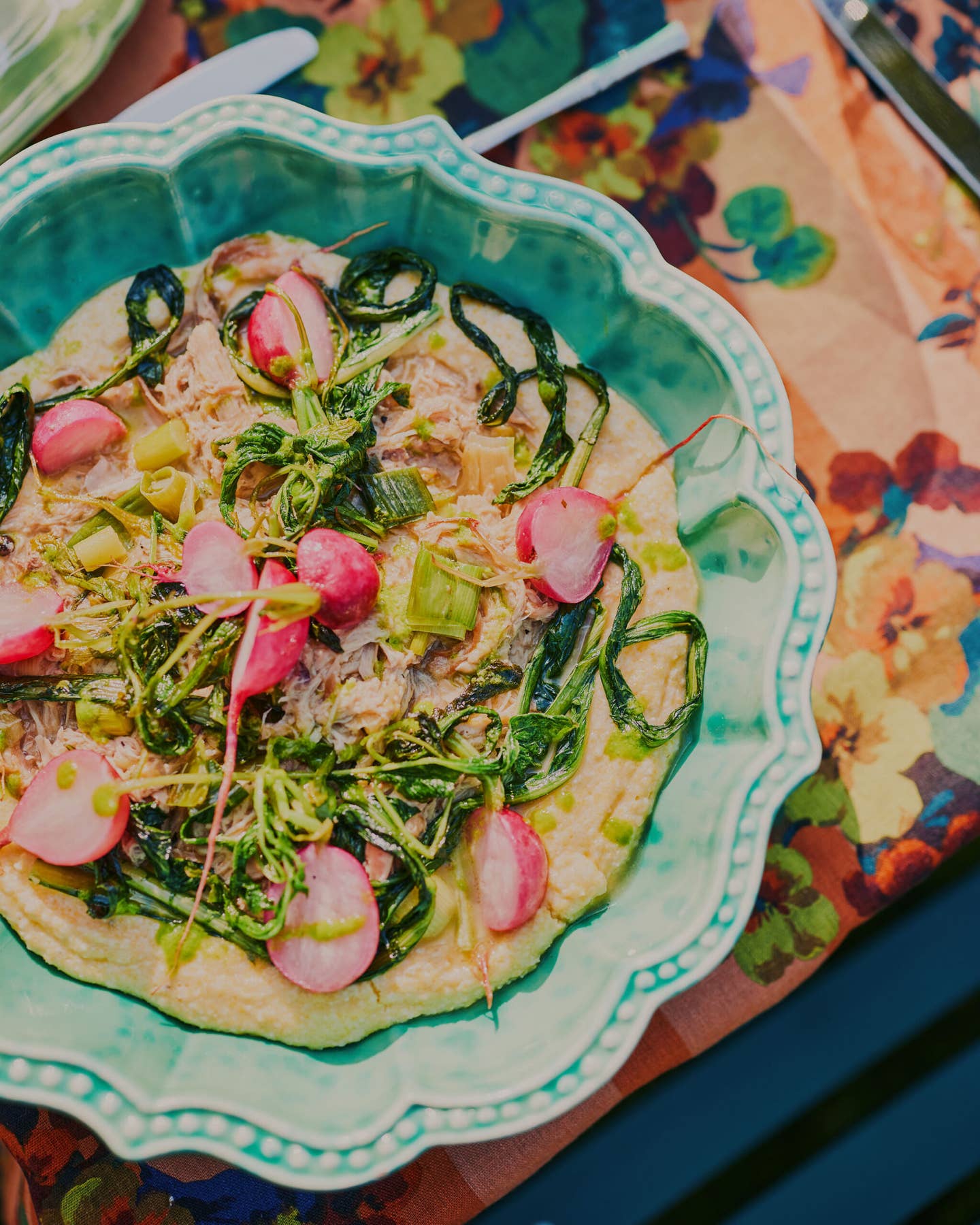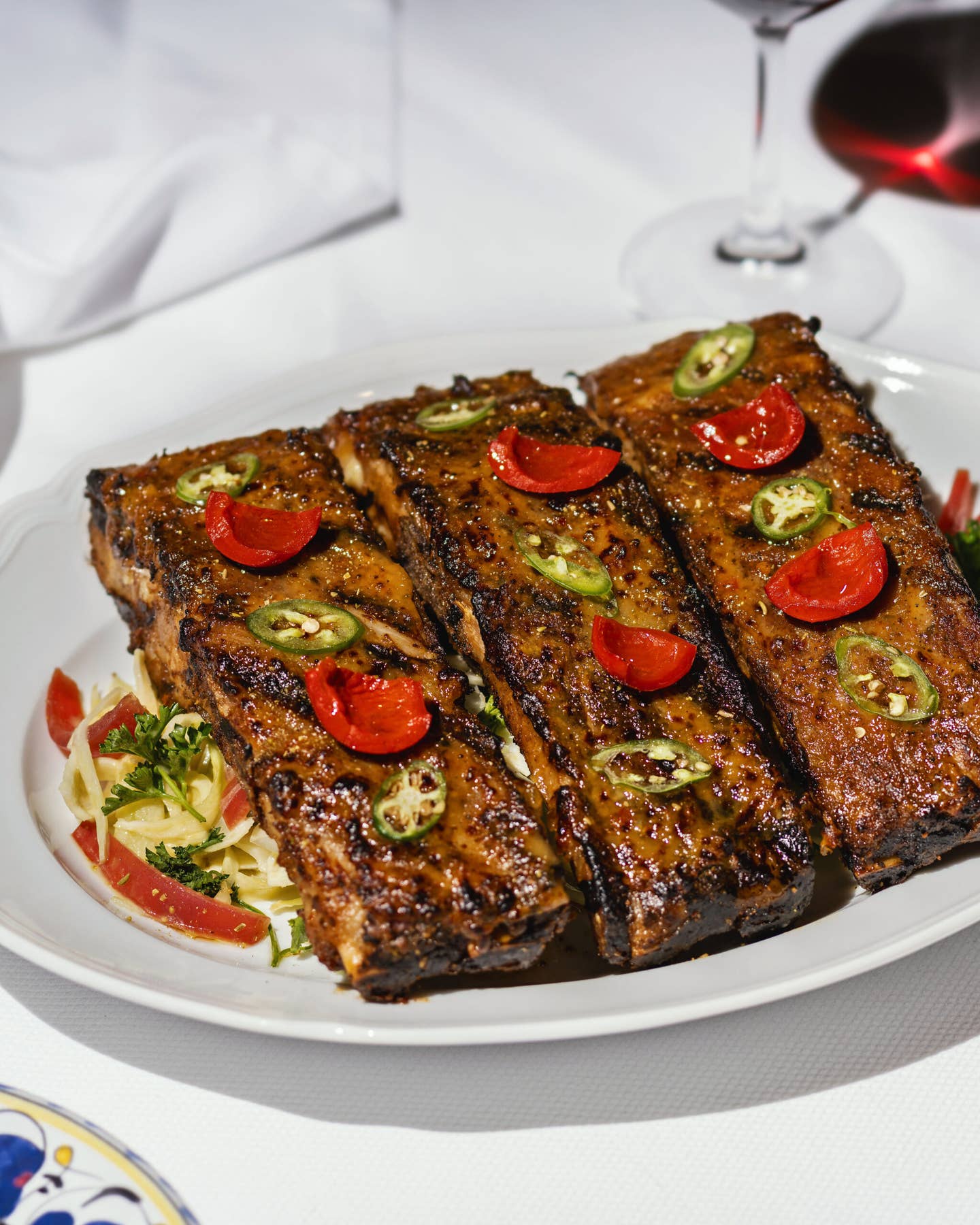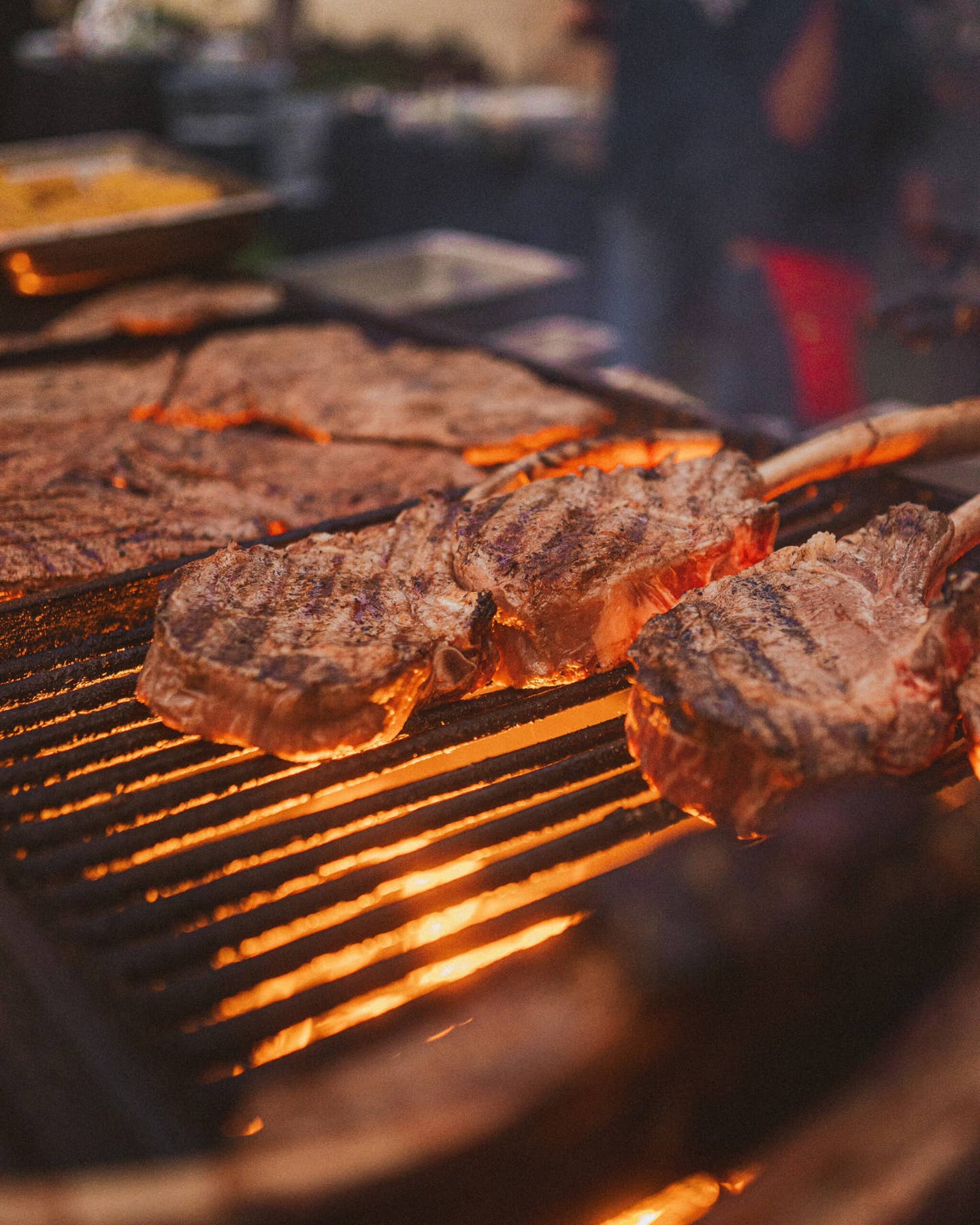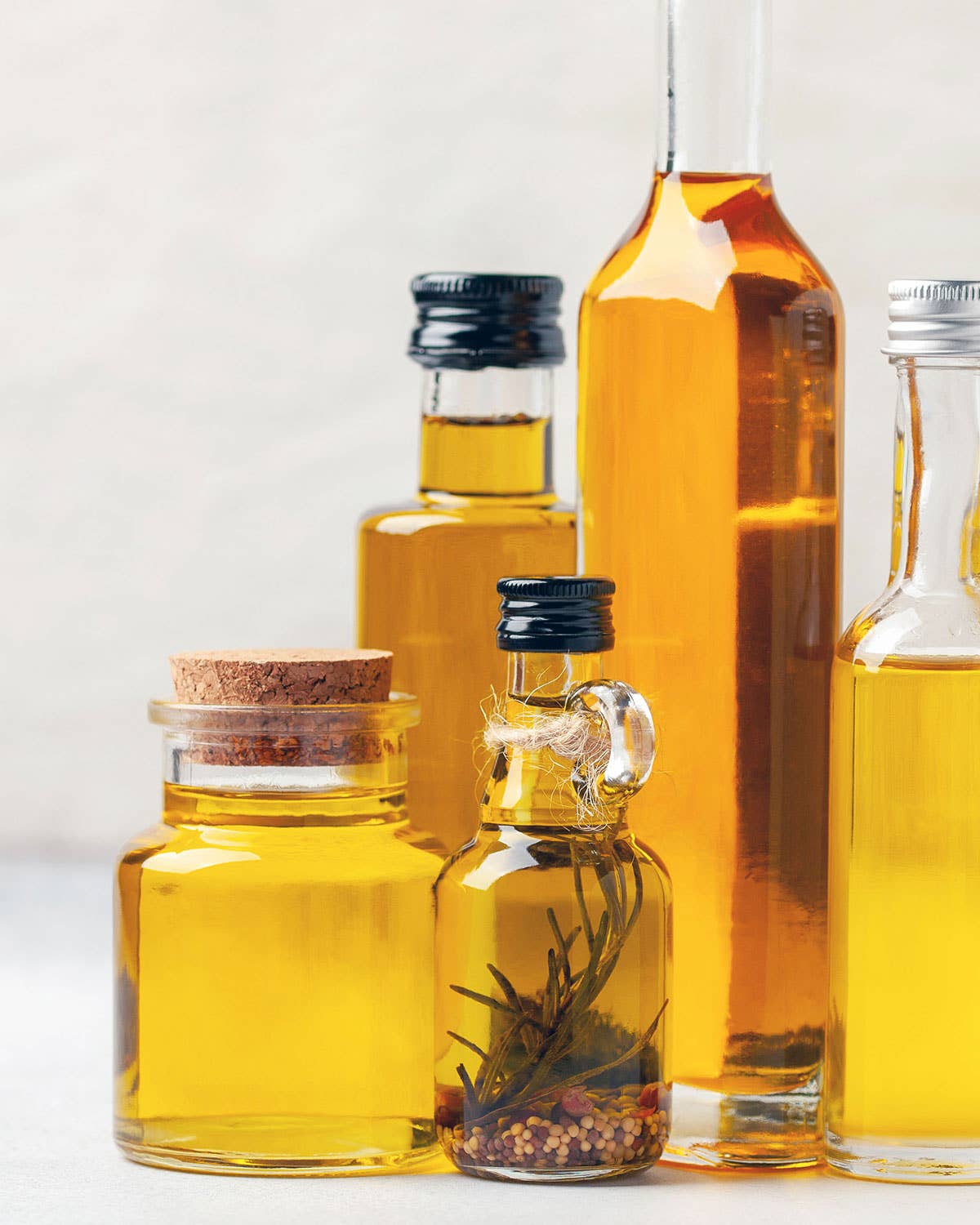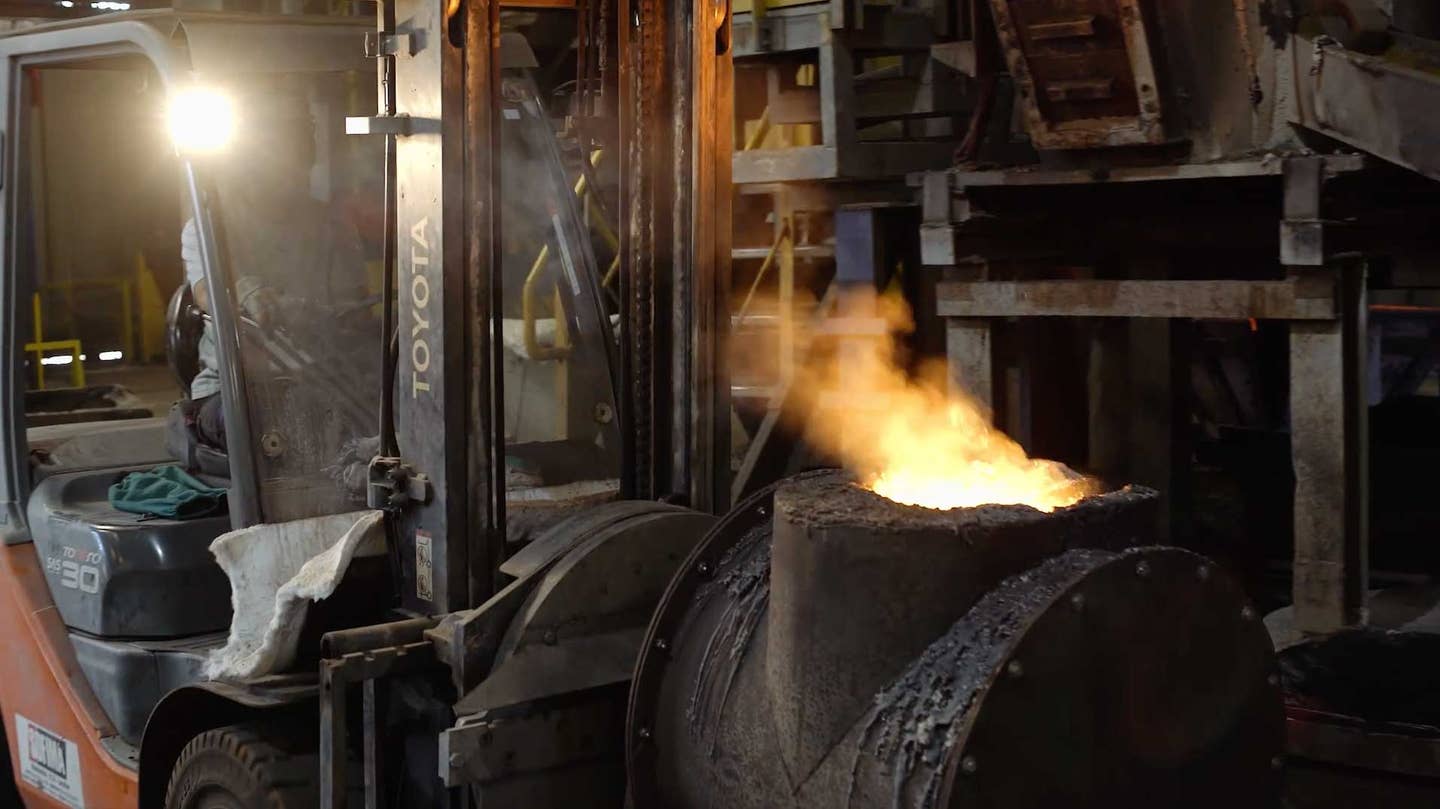
This is How Your Pretty French Cast Iron Cookware is Forged in the Flesh-Searing Fires of Mordor
I mean Merville, but like Mordor, but this cute Norman village also has a smoke-filled tower and 2000-degree vats of molten metal
I'm T-minus five hours from filling my nine-quart Dutch oven with enough sweet potatoes to make a vat of pommes purée I can swim in. Tomorrow, after the turkey comes out of the oven, I'll crank the dial to 500 degrees, oil up a trio of cast iron skillets, and send a few pounds of Brussels sprouts screaming to their sweet, caramelized deaths. I love my cast iron cookware, and if you own some, chances are you feel the same way. Because cast iron can do everything and is virtually indestructible. Kind of like orcs.
French enamelled cast iron cookware is to cast iron as the Uruk-hai are to the rest of orc-kind: the most beautiful and badass of them all. And if you dig into the manufacturing process—both of French cast iron and Uruk-hai—you'll notice some similarities. Like the Uruk-hai, Staub cast iron pots are born surrounded by lakes of fire in the smoky crags of Middle Earth Merville, a charming little town in Normandy. Food52 paid a visit to learn exactly how.
The process begins with heaps of scrap metal blended into a specific cast iron recipe, which are then sent into a towering furnace that reaches 2,000 until they melt down into sloshy orange slag. A guy driving a bulldozer-like device outfitted with pincers hoists a bucket of the glistening iron over to a dosing machine that portions the metal into individually made sand molds. Why sand? So, once the iron has cooled, you can shake and whack the molds right off.
From there the freshly forged Uruk-hai cast iron gets pellet-blasted in preparation for its enamel coating, then does a little spin dance while a nozzle sprays a fine mist of glaze over the exterior. Now the pot, imbued with all the quaking strength of Mount Doom, is ready to be sent out into the kitchens of mortal men so we can all make some cute oeufs en cocotte for breakfast. And second breakfast.
Keep Reading
Continue to Next Story




